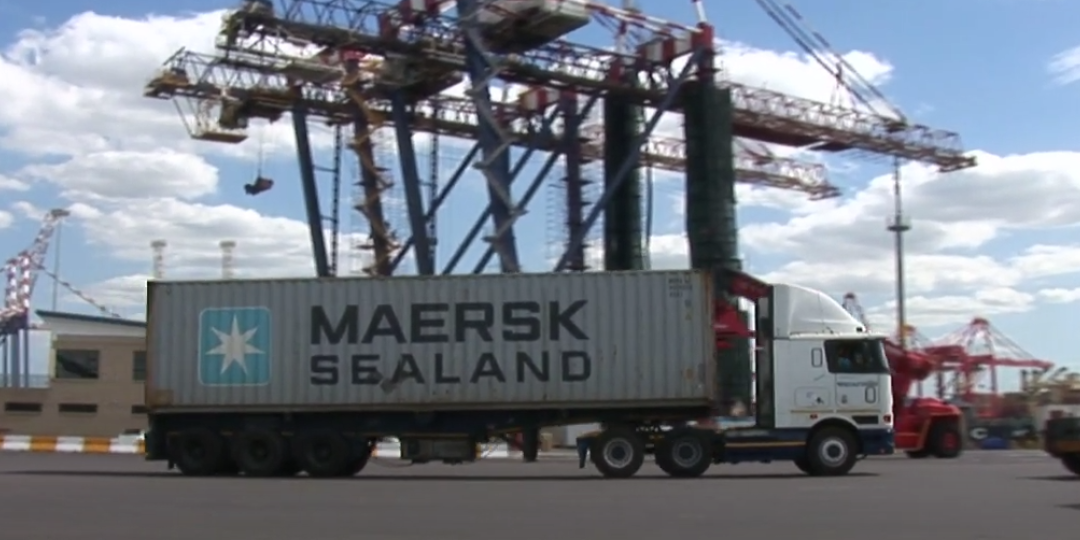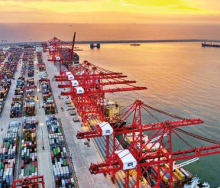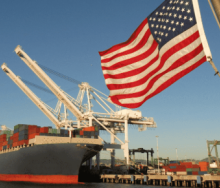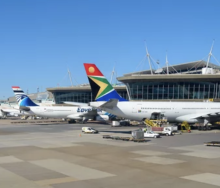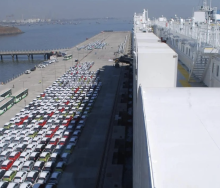Ahead of Sunday’s culmination of a two-week testing phase in which Transnet is seeking to integrate better harbour carrier efficiencies into the port system at Durban Container Terminal (DCT), the state-owned logistics utility said certain adjustments had to be made for several cargo types.
Durban Terminals chief executive at Transnet Port Terminals (TPT), Earle Peters, said cold chain reefer boxes and out-of-gauge loads, in particular, required movement flexibility to build more movement fluidity into back-of-port (BoP) container carriage.
He said problems pertaining to certain cargo types had been identified as adding to avoidable snags in the system.
In addition, the differing systems for import and export boxes moving in and out of the port continued to add to snarl-ups and delays at DCT, Peters said – a major BoP challenge identified by a private sector source recently.
But Peters said private-sector willingness to adapt to Transnet’s 24/7 operational model could lessen the crush of movement concentration at a certain time.
“We have had a session with Business Unity South Africa (Busa) where we made a plea for transporters to collect and deliver at a certain time.”
Peters said that because most harbour carriers preferred to work between 8am-8pm, container movement unevenness contributed to back-and-forth bottlenecks.
“Busa has committed to taking up the matter with industry but has already received a commitment from various sectors that they will review the hours when they are receiving and dispatching containers.”
It is understood that the trial phase may be extended by another week, although Peters could not confirm this.
He said there would be a private-public stakeholder engagement early next week, but firmly believed TPT was improving long-standing issues causing delays at DCT.
Whereas Transnet has been accused of not properly communicating with transporters, especially regarding the truck-slot booking systems believed to be at the heart of harbour carrier hold-ups, Peters said there was much more transparency.
“We have created visibility for transporters in terms of our planning. The current solutions aren’t perfect, but together with the transport community, we are finding it easier to work with everyone.
- Although the private sector was approached for comment, response to Transnet’s trial phase has been reserved for the time being.
